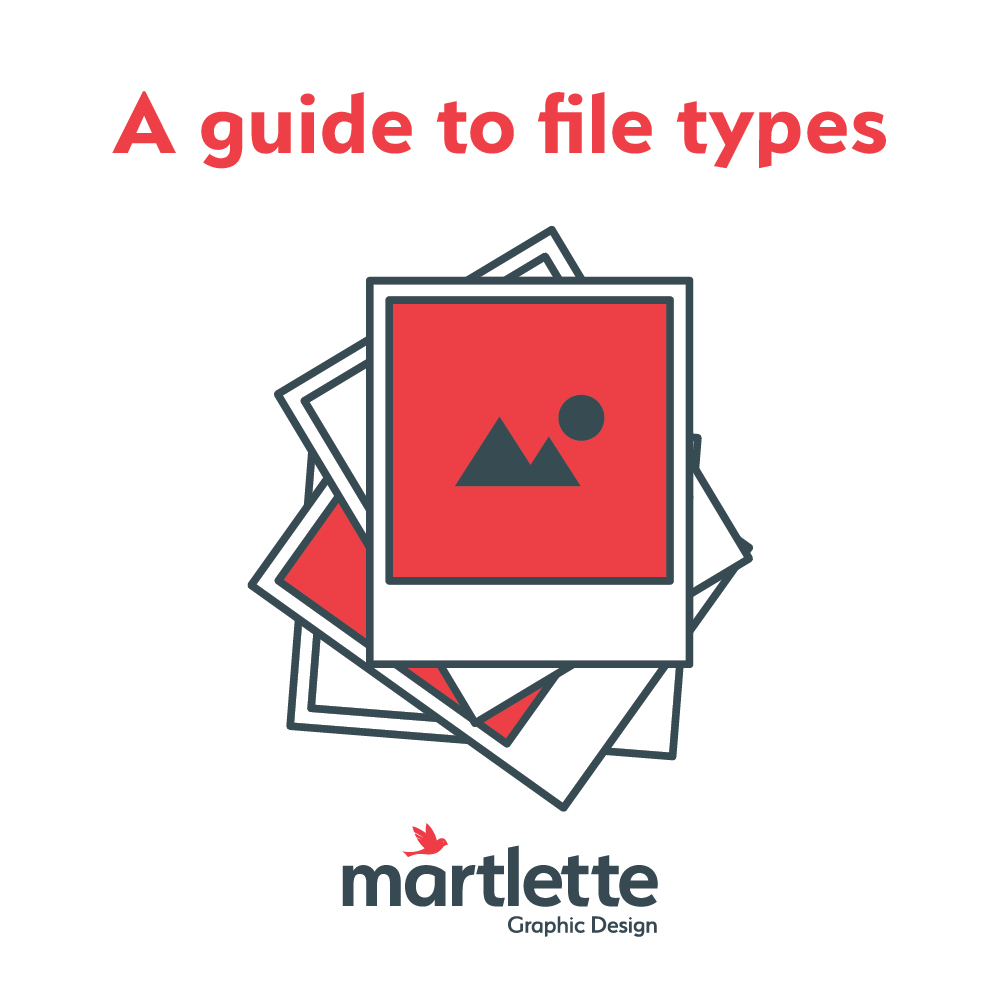There are so many different types of image files, each designed for the purpose they are destined for.
File types can be identified by their file name extension. This is the group of letters that appear after the full stop in a file name. For example yourlogo.jpg
The file type extension has been determined by the creator of the image and cannot be changed simply by typing a new extension.
A file type extension can only be changed if it is re-saved or exported as a specific file type via an appropriate computer software program.

JPG or JPEG – suitable for print and online
Most commonly accepted image file type across a broad range of different computer software, print materials and web applications. JPG’s can support CMYK and RGB colour profiles and can be saved with high or low resolution.

PNG – suitable for online use
Great for maintaining online images with sharp edges without blurring or pixelating. PNG files also support transparency but are not recommended for professionally printed materials.

TIFF – great for printed materials
TIFF image files offer high colour depth and superior high resolution for photographs or other pixel-based images like logos. Not used on websites and almost always have a CMYK colour profile.

GIF – suitable for online use
GIF files are never high resolution and are not suitable for professional printing as they do not support a great deal of detail. GIF files support transparency and also simple animations.

EPS – suitable for printed materials
EPS files are the industry-standard format used in professional printing and are the ideal format for printed graphics and logos. EPS files can be enlarged to any size without loss of resolution and can support CMYK, RGB or Pantone colour profiles.

AI – suitable for printed materials
AI files are created with Adobe Illustrator software, which is used by graphic designers to create professional quality artwork. They can be enlarged without loss of resolution and are the ideal format to provide to designers.

PDF – most suitable as a document file, but can support images
PDF’s can be created by almost any computer program and can be opened using Acrobat Reader, no matter what program was used to create it. PDF files are most suitable for text files. High resolution imagery can be supported when created by a graphic designer.

